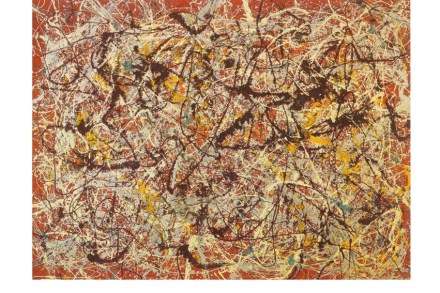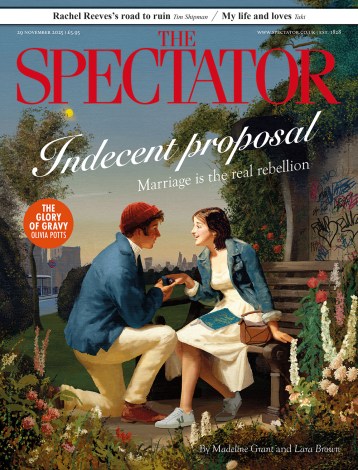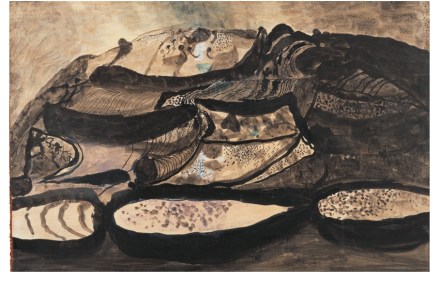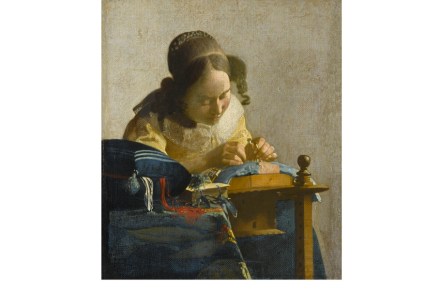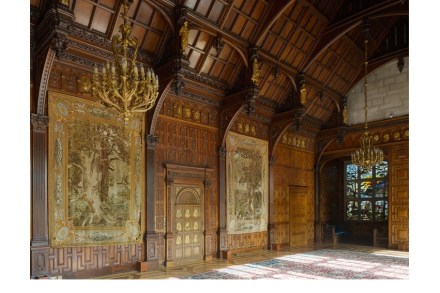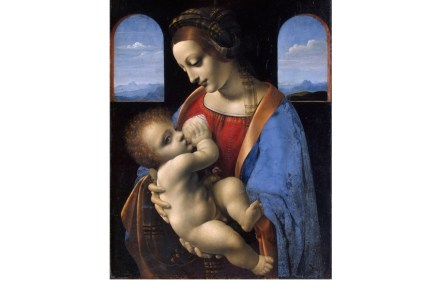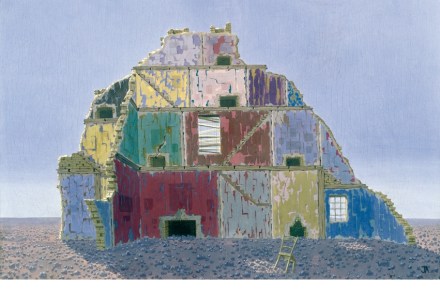Wrestling with paint and demons
In his centenary year, the status of Jackson Pollock (1912–56) looks assured: a self-created American hero who is now accorded all the reverence due an Old Master. The most famous of the Abstract Expressionists, nicknamed Jack the Dripper because of his trademark style, his emphasis was on paint and process: the surface of the canvas
